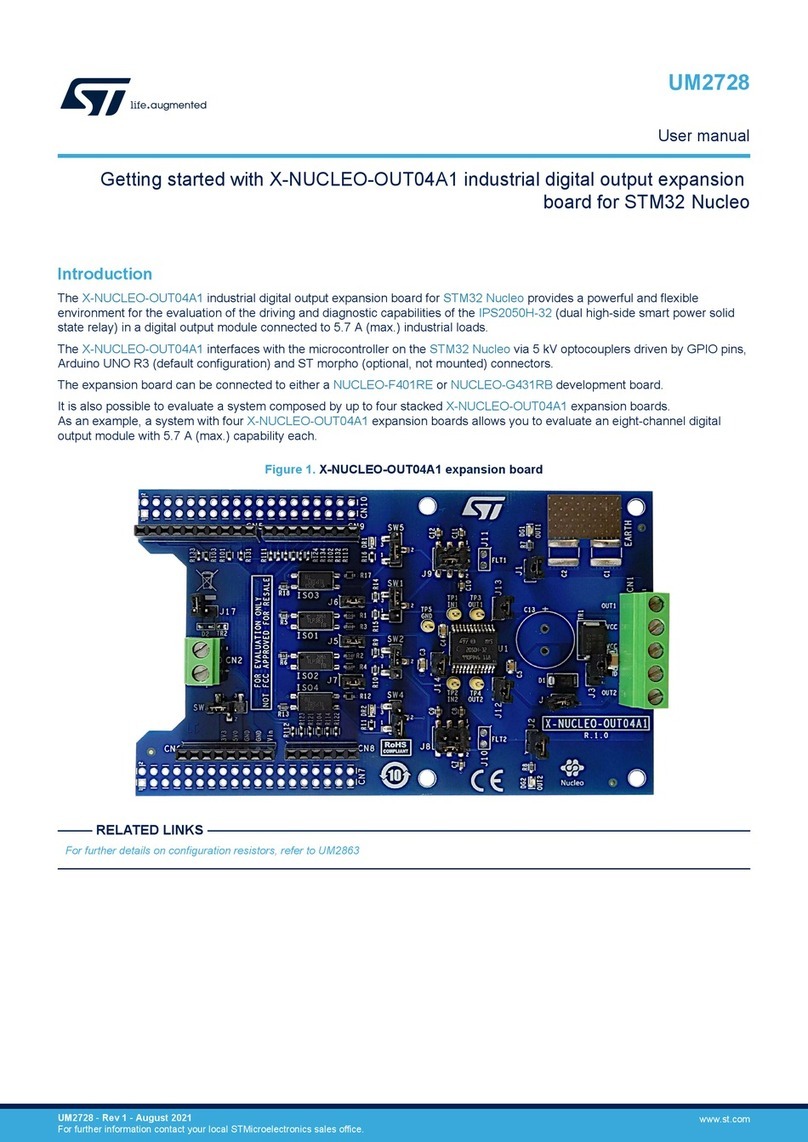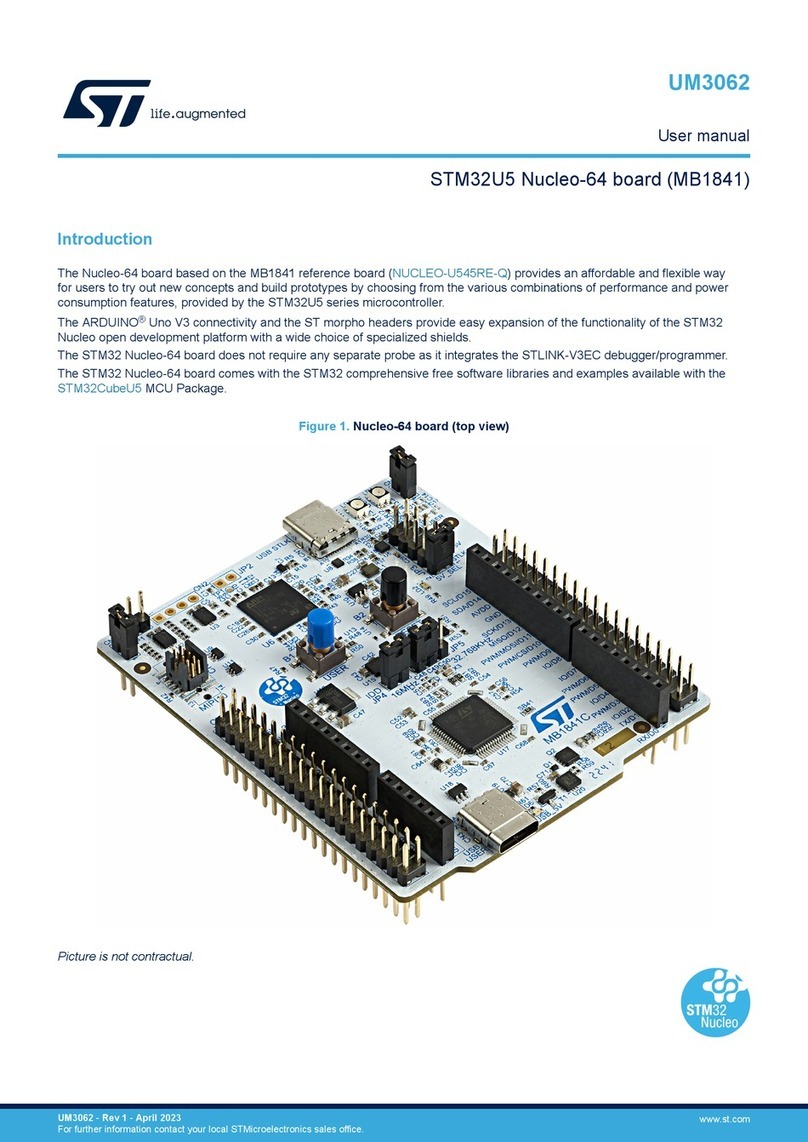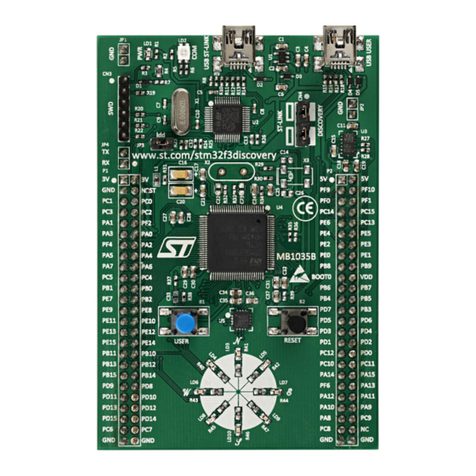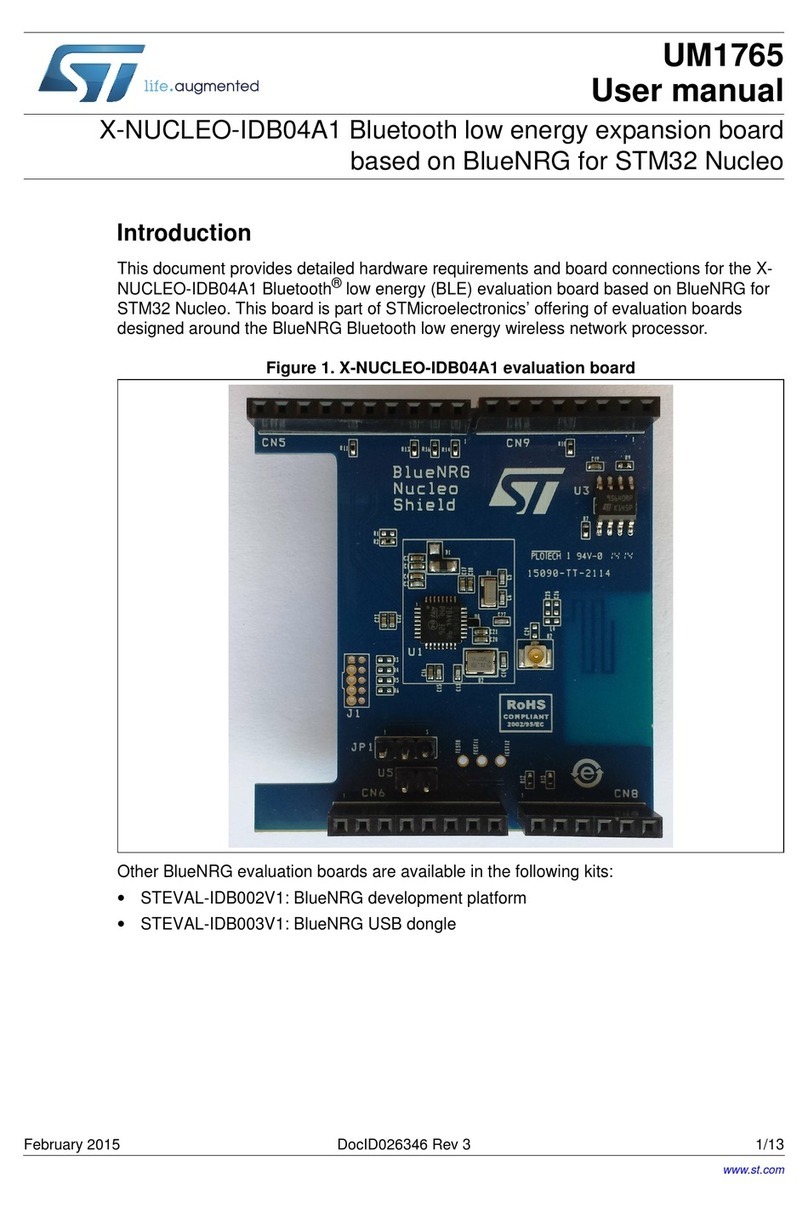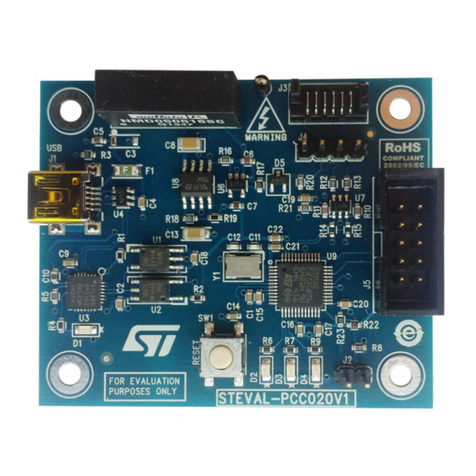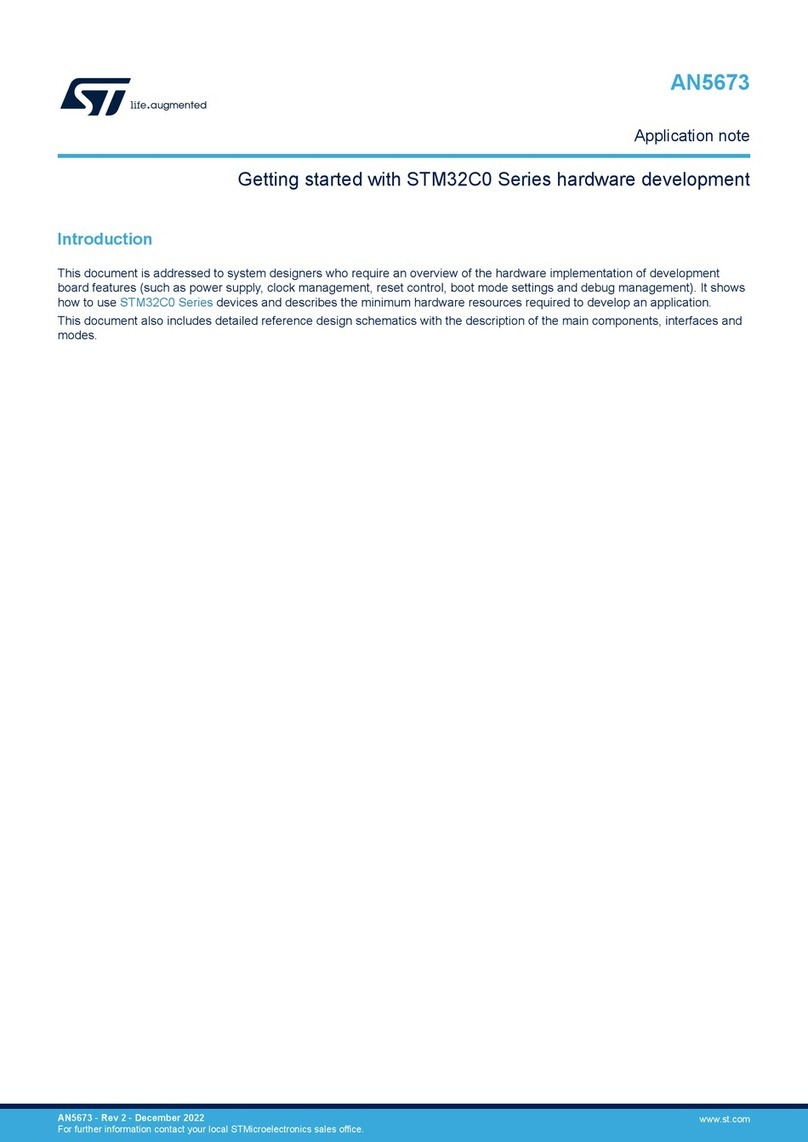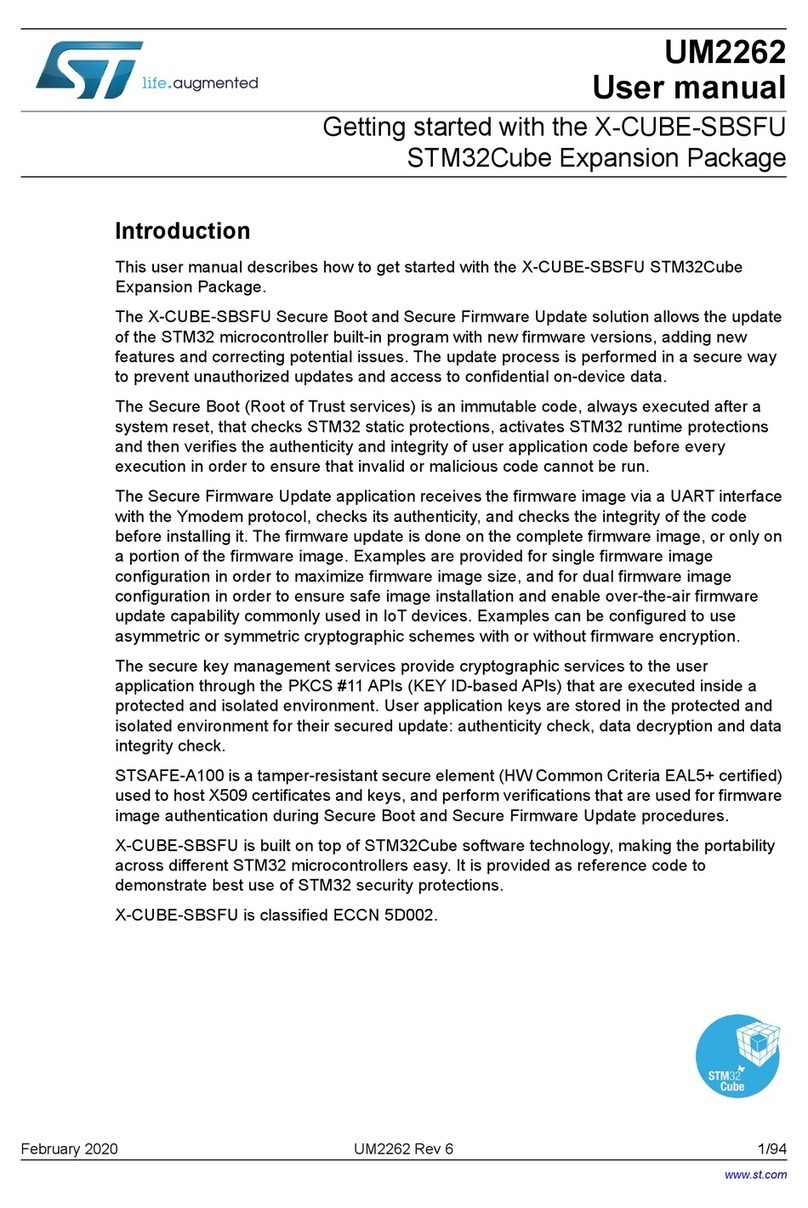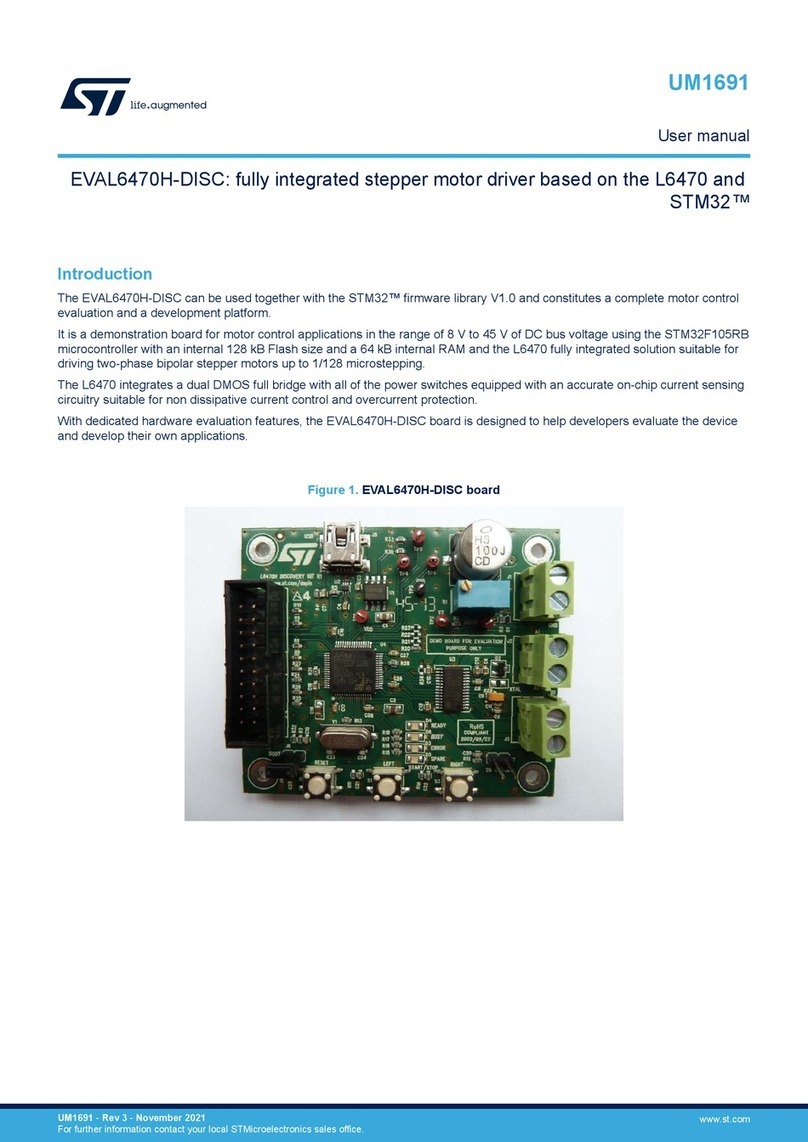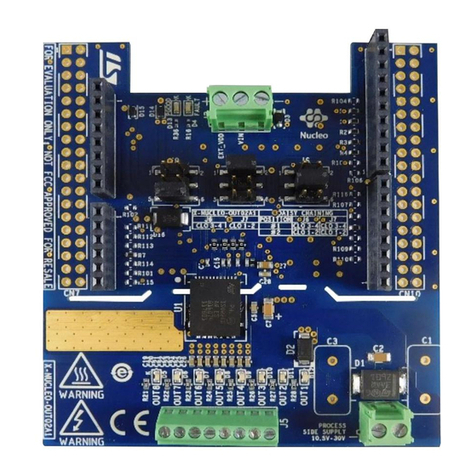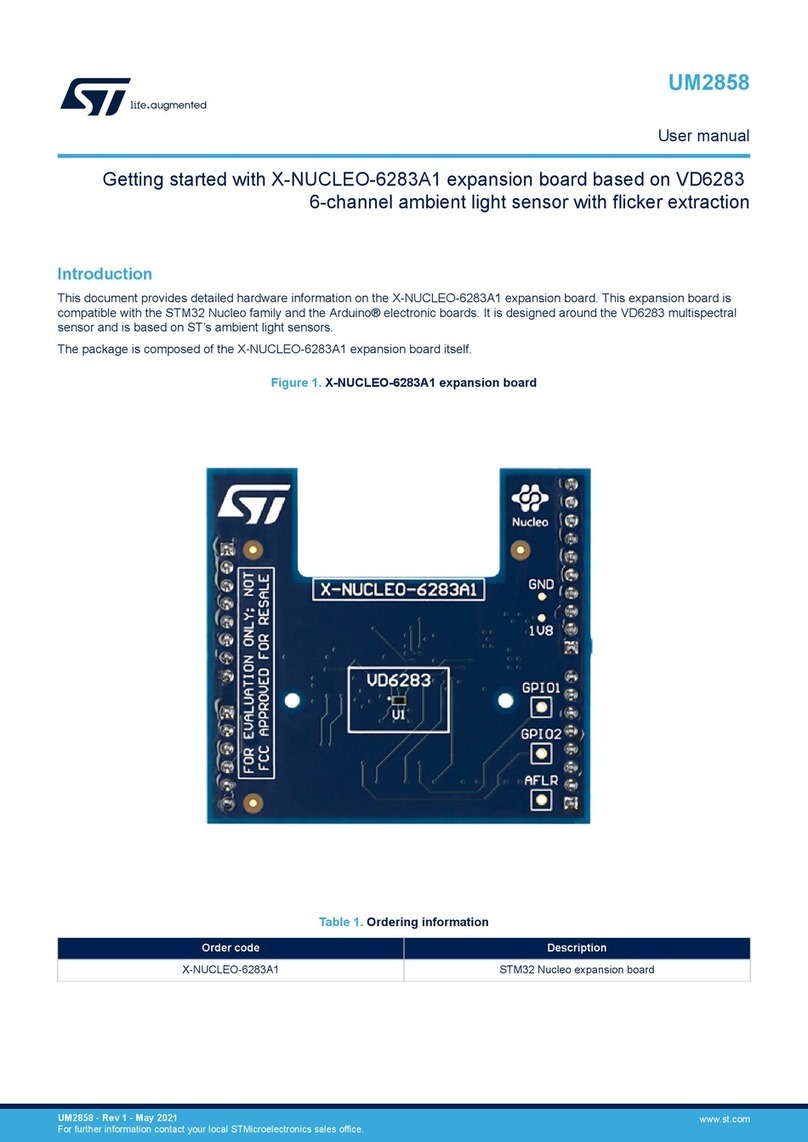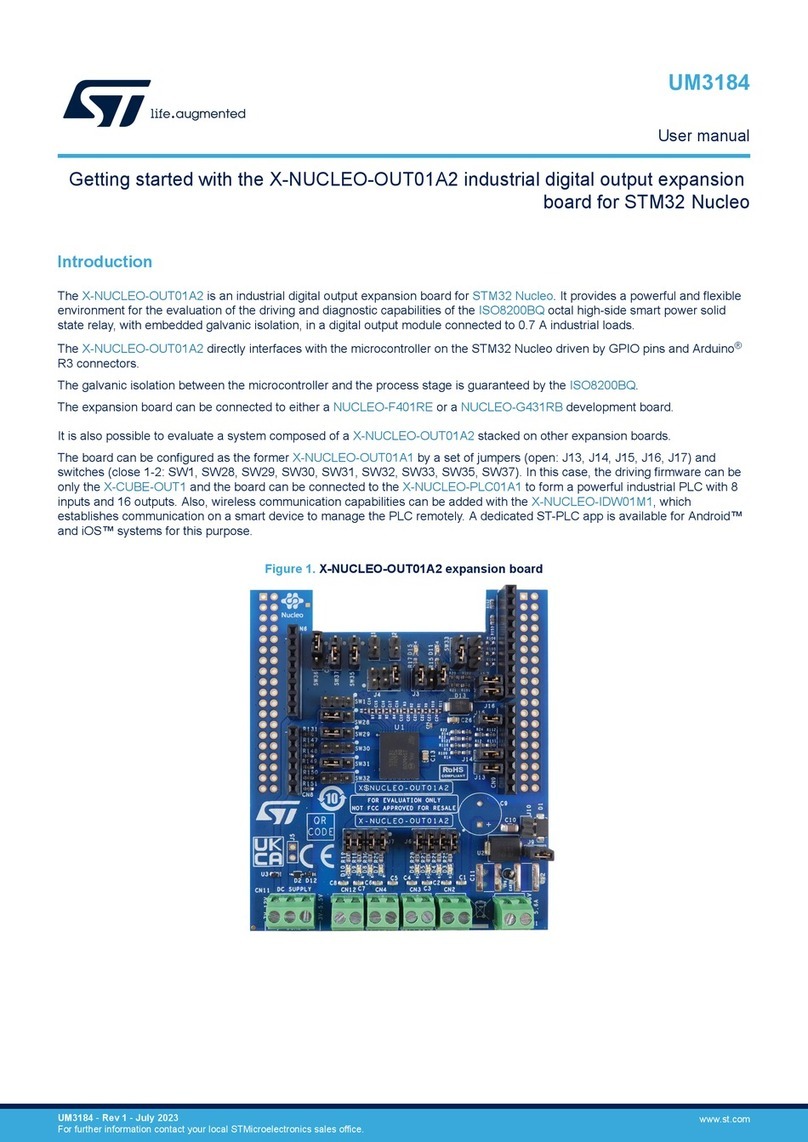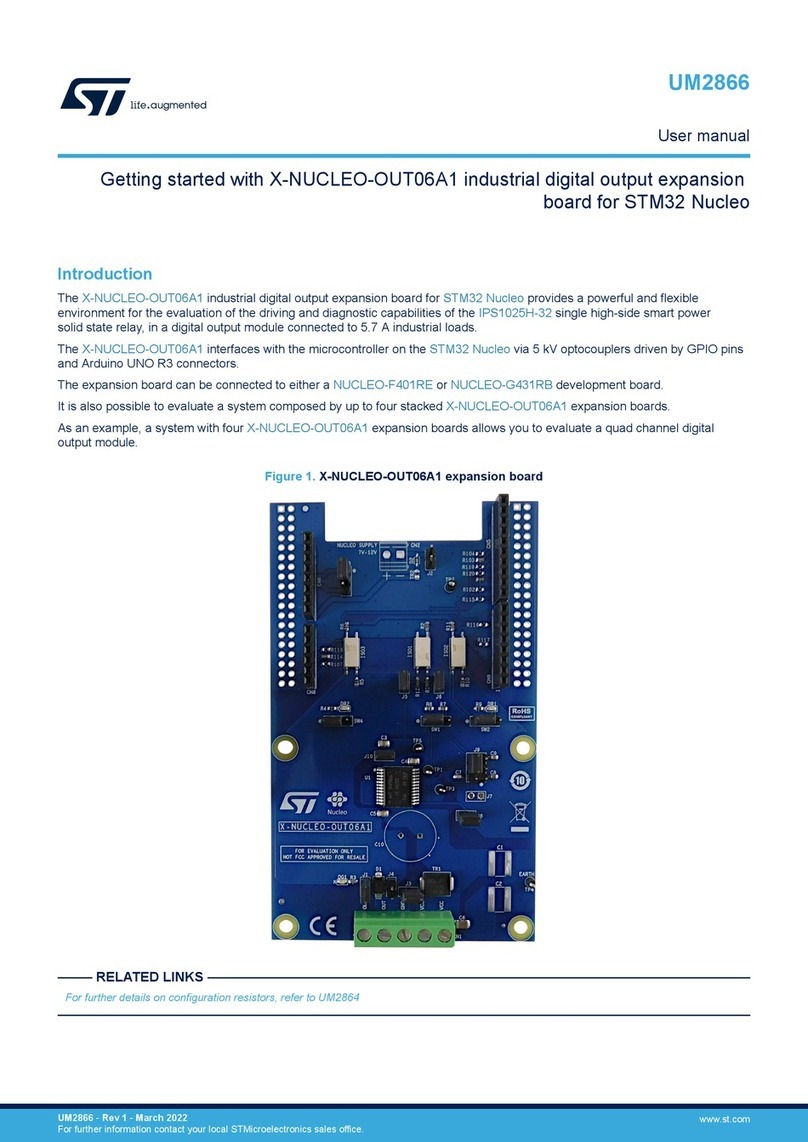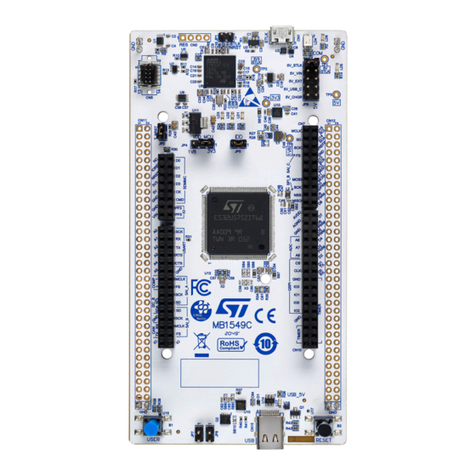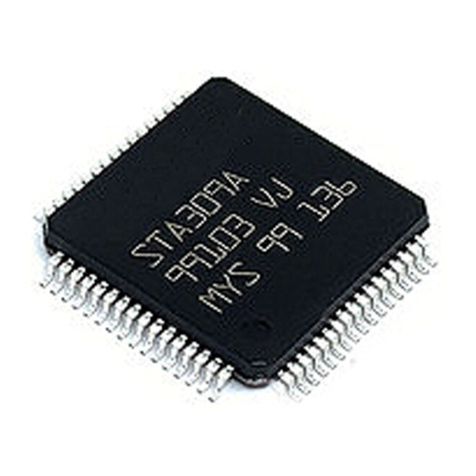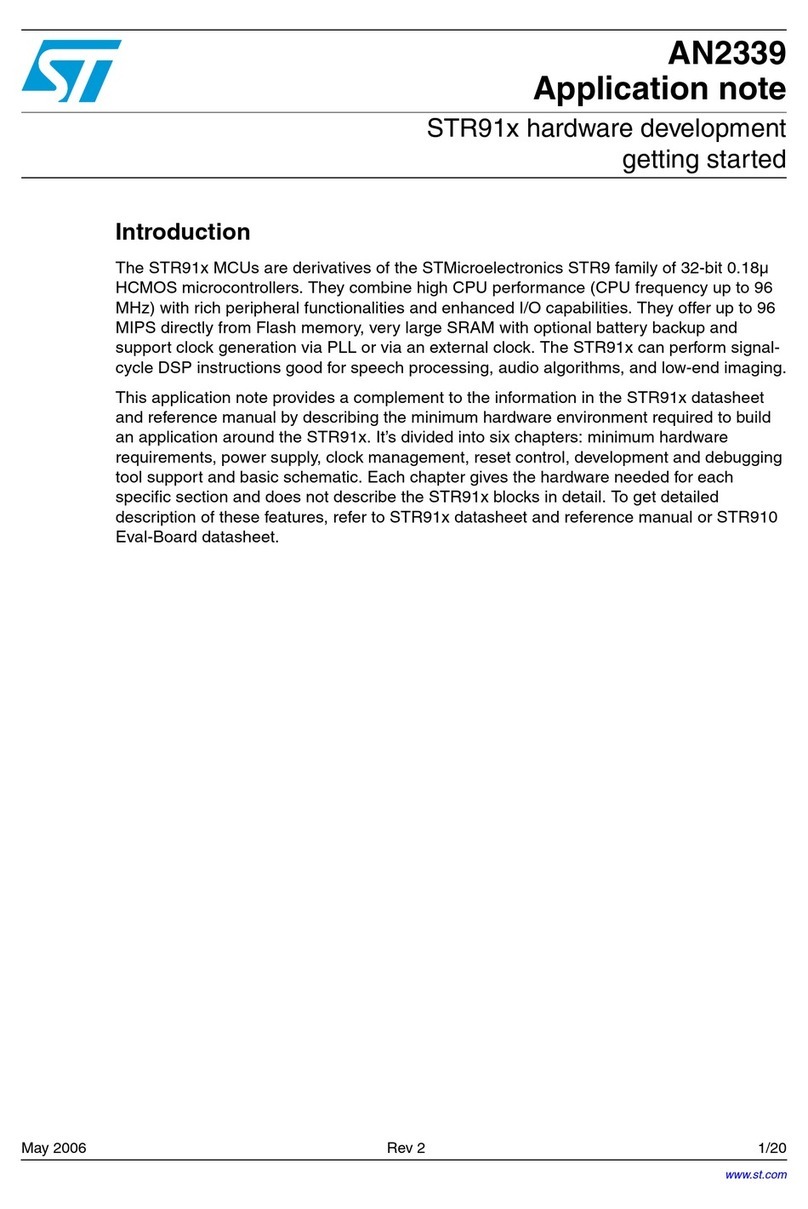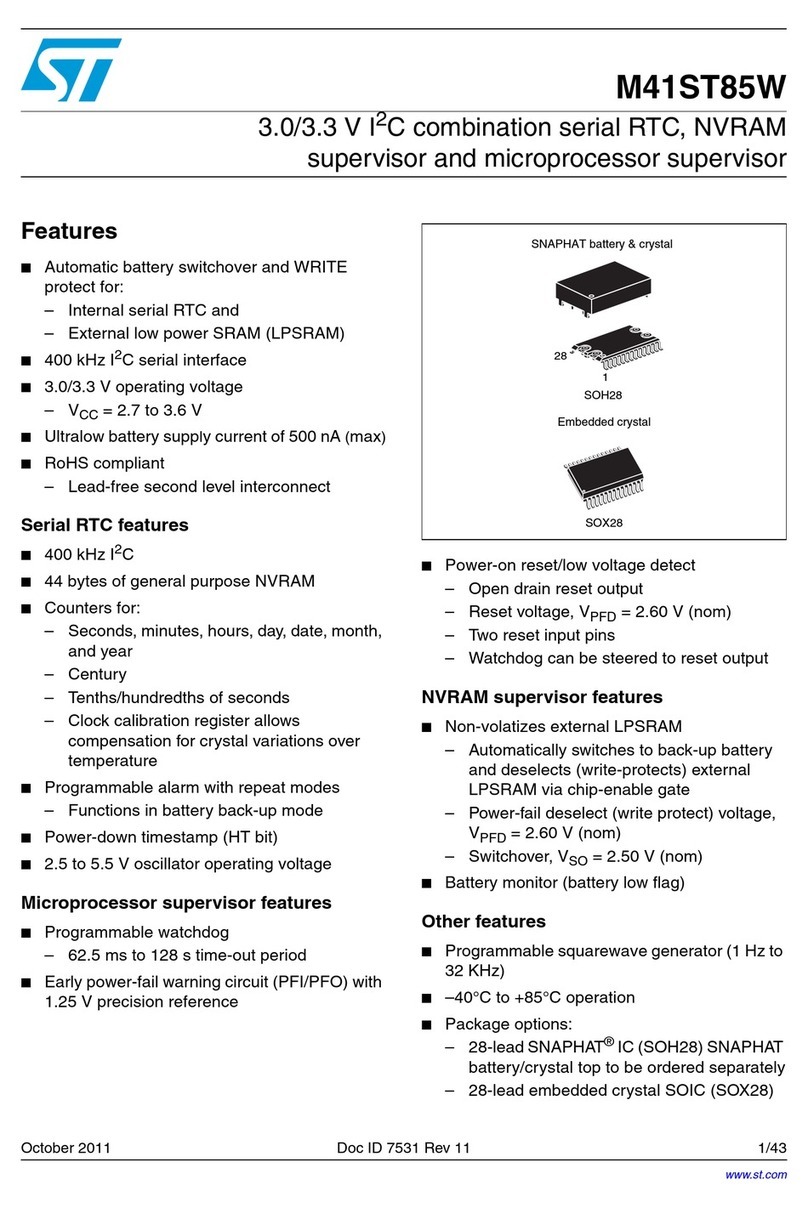
Table 2. TXAMP sampling strategy
L9963T
state
L9963T
configuration TXAMP sampling Note
Normal
state
Slave (NSLAVE =
0)
The TXAMP pin is latched upon NCS assertion. Therefore, it
must be stable at least TTXAMP_DEGLITCH +
TTXAMP_SETUP before NCS assertion. Moreover, TXAMP
must be kept stable TTXAMP_HOLD after NCS assertion in
order to fulfil hold time constraints.
In case several SPI frames
are being pushed into the
TX queue, the setting
applied depends on the last
one latched (no pipelining
supported).
The new amplitude setting is applied to the TX interface after
the SPI frame has been completely transmitted over the
isolated SPI interface. This allows Managing ISOFREQ And
TXAMP Pins For Communicating With L9963.
Normal
state
Master (NSLAVE =
1)
The TXAMP setting is simply resynchronized
(TTXAMP_SETUP and TTXAMP_HOLD requirements still
apply) and deglitched (TTXAMP_DEGLITCH filter still present),
but it is not latched upon NCS assertion. The new amplitude
setting is applied to the TX interface as soon as the
transmission of the SPI frame over the isolated SPI interface
begins.
In case several SPI frames
are being pushed into the
TX queue, the setting
applied depends on the last
one latched (no pipelining
supported).
Stand-by
state
Slave/Master
(NSLAVE = X)
The new TXAMP setting is latched during the wakeup
sequence. Hence, the TXAMP pin shall be stable
TTXAMP_SETUP before the DIS high → low transition is
applied and shall not change during TWAKEUP.
-
Reset
state
Slave/Master
(NSLAVE = X)
The initial TXAMP setting is latched during the first power up
sequence. Hence, the TXAMP pin shall be stable before VDD
is applied and shall not change during TFIRST_POWERUP.
-
It is recommended to apply the same TXAMP settings to all the devices communicating on the bus, to keep a
constant SNR in every communication phase.
To meet stand-by consumption requirements, MCU must release the open drain output connected to TXAMP
while L9963T is in the Stand-by state.
1.2.8 SPICLKFREQ
SPICLKFREQ pin is an analog input, compared to four thresholds by a set of analog comparators.
An external resistor RCLKPD must be connected between SPICLKFREQ and GND, in order to generate a
voltage VSPICLKFREQ = RCLKPD * ISPICLKFREQPU.
The code obtained from these 4 comparator outputs is latched in the Trimming & Config Latch to determine the
SPI clock frequency when L9963T works in master mode (NSLAVE = 1).
In the AEK-COM-ISOSPI1 the SPICLKFREQ is fixed at 250 kHz.
1.2.9 ISOP and ISOM
The isolated SPI interface allows units with different ground levels and/or on different boards to communicate with
each other. Physically, the interface is based on twisted-pair wire.
Table 3. Pins used as isolated SPI
L9963T Pin SPI function Configuration
ISOP positive differential input/output Analog Input/Output
ISOM negative differential input/output Analog Input/Output
Table 4. Isolated SPI quick look
Parameter Description
Protocol Half-Duplex / Out of frame
Max. Bit-rate 2.66 Mbps (high speed configuration, ISOFREQ = 1)
UM3187
Pin description
UM3187 - Rev 1 page 9/35
